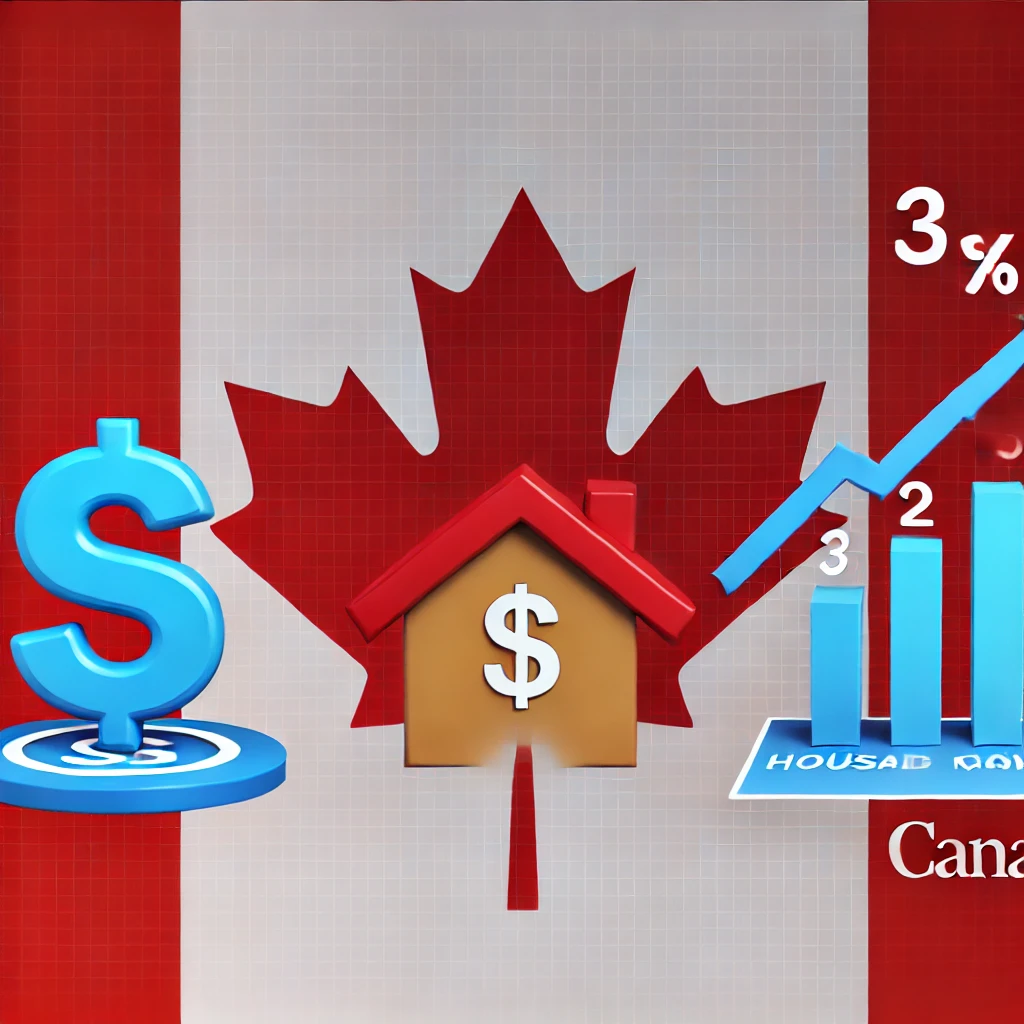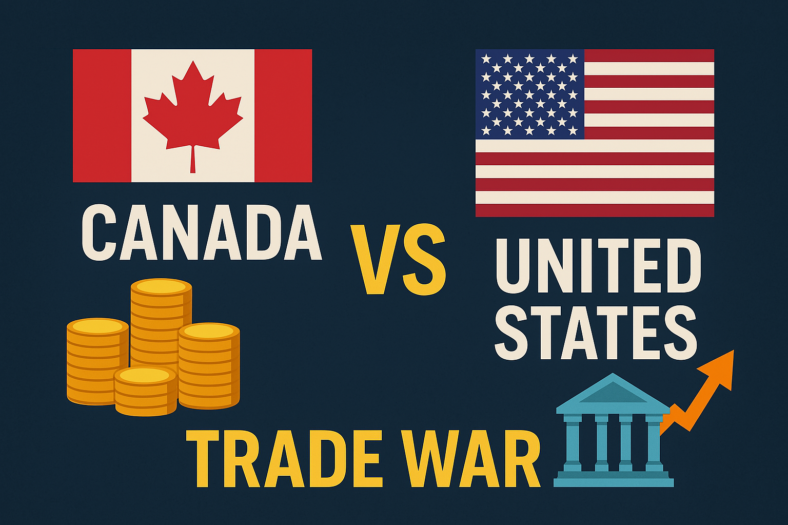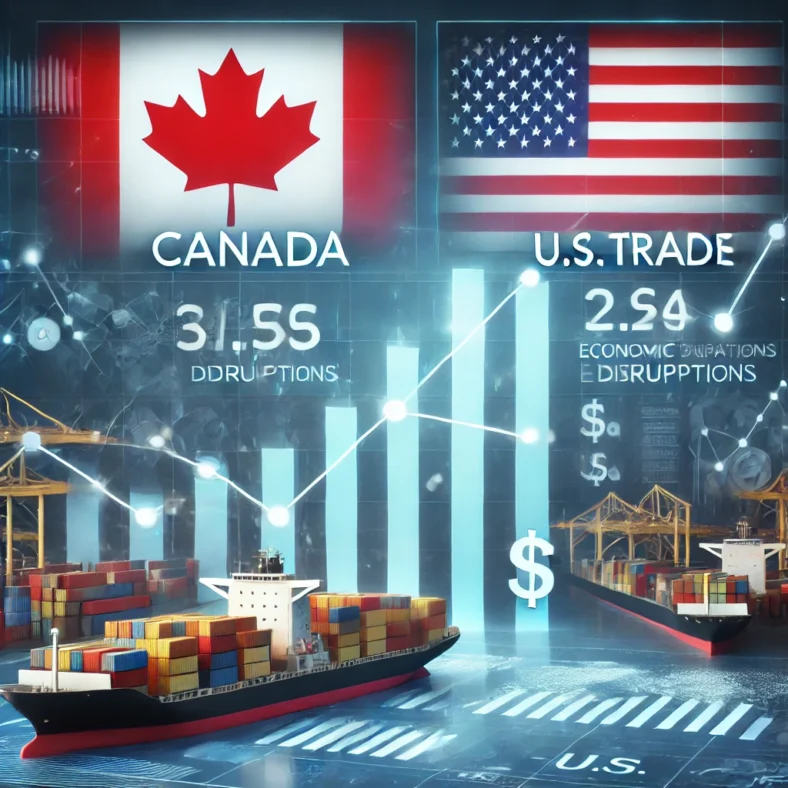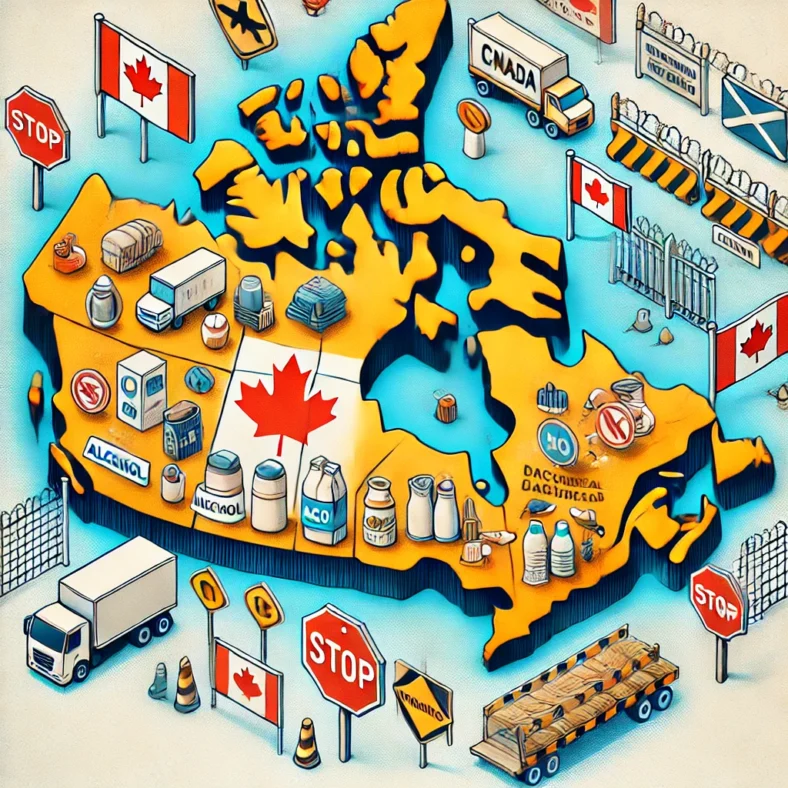The Bank of Canada’s path to further interest rate cuts is becoming clearer, but one significant hurdle remains, according to BMO Capital Markets chief economist Doug Porter.
Major Risks to Rate Cuts
In his latest note, Porter assessed the three main risks that economists had identified as potential obstacles to rate cuts: the Canadian dollar, the housing market, and wage growth.
“To quote Mr. Loaf: Two out of three ain’t bad… but is it good enough,” Porter wrote, referencing the famous Meat Loaf song.
Canadian Dollar Stability
Concerns about the Canadian dollar plummeting due to the Bank of Canada moving ahead of the US Federal Reserve have largely dissipated. Porter noted that the loonie has been “remarkably well behaved” in recent weeks, stabilizing around 73.5 US cents after a soft start to the year. He attributed this stability to a weakening US dollar and the prospect of Fed rate cuts.
Housing Market Trends
The housing market, another area of concern, has not shown signs of overheating following the recent rate cut. Home sales activity in Canada’s major cities last week remained relatively unchanged even after the interest rate cut last month. “The data support the initial view that it was actually sellers who stepped up, not buyers, after the Bank moved,” Porter observed.
Sales have declined by double digits in many cities compared to last year, and increasing inventories are giving buyers an advantage.
“While sellers and the real estate industry may not like it, the reality is that a sleepy housing market may be exactly what policymakers would like to see at this point, and it also holds out the tantalizing potential of some improvement in extremely strained affordability,” Porter added.
Wage Growth Concerns
However, wage growth remains a significant concern. Recent jobs data revealed that while the labour market loosened in June, average hourly wages accelerated to 5.4 %.
Porter commented: “As a standalone result, the softening job market raises the odds of a Bank of Canada rate cut. However, wages remain the very definition of sticky, which will give the Bank pause.”
This wage growth is largely due to low base effects from a year ago, but it underscores the persistent upward pressure on wages.
Impact on Monetary Policy
Toronto-Dominion economist Marc Ercolao pointed out that wages have been growing at around 5% year-on-year for the past 18 months, while productivity has dipped.
“Still, it doesn’t take away from the fact wages have been growing at around 5% year-on-year for the past 18-months while productivity dipped over the same period,” Ercolao said.
Bank of Canada Governor Tiff Macklem acknowledged the issue of wage growth but suggested it may moderate over time.
“The fact that wages are moderating more slowly than inflation is not surprising; wages tend to lag adjustments in employment,” Macklem said. He added that the bank would be looking for further moderation in wage growth.
Future Rate Cuts
With two out of the three risks seemingly under control, the question remains whether wage growth will prevent further rate cuts. Following the latest job numbers, markets are predicting a 60% chance of an interest rate cut on July 24. However, a Bloomberg survey showed that most economists expect the Bank of Canada to hold off until September 4.
Upcoming data, including a crucial inflation reading on July 16 and the Bank of Canada’s Business Outlook survey, will play a pivotal role in the central bank’s decision-making process regarding future rate cuts.




















